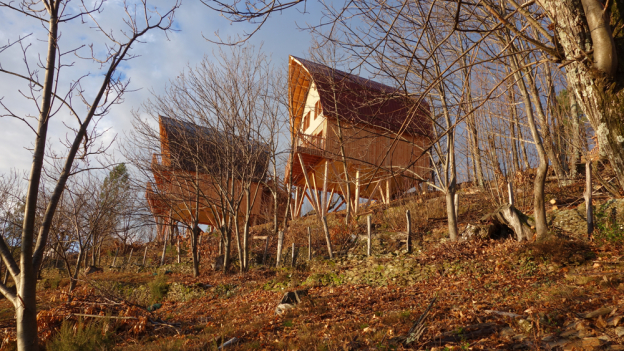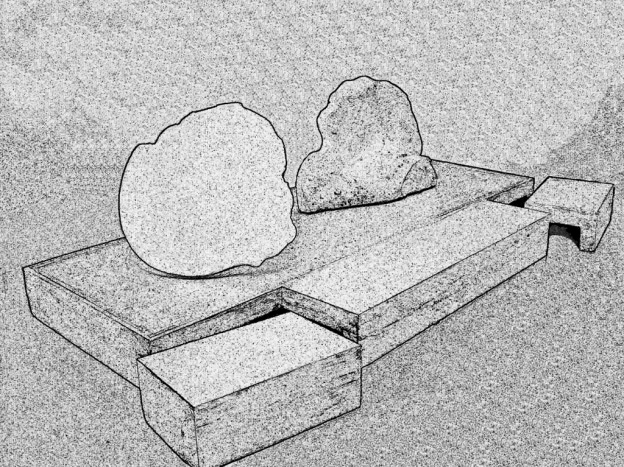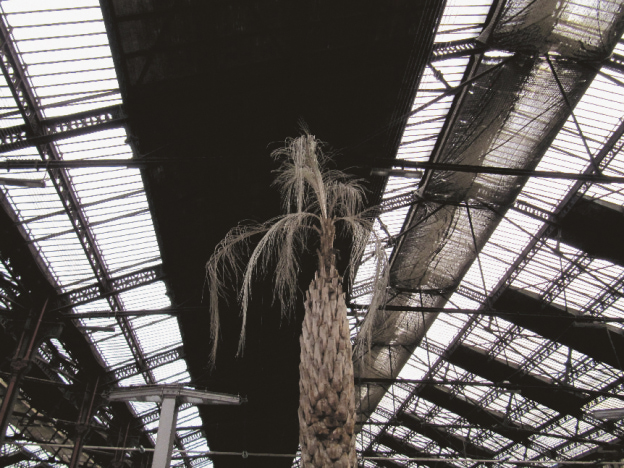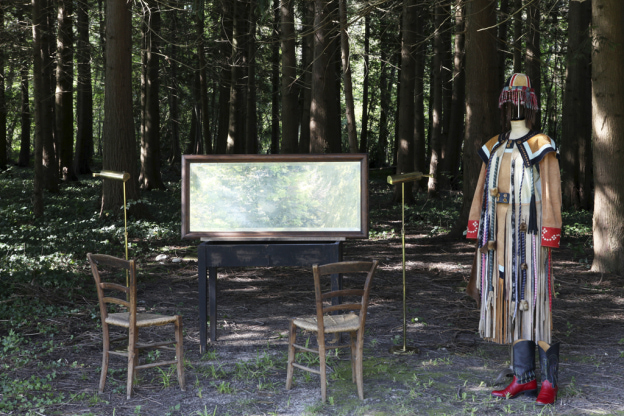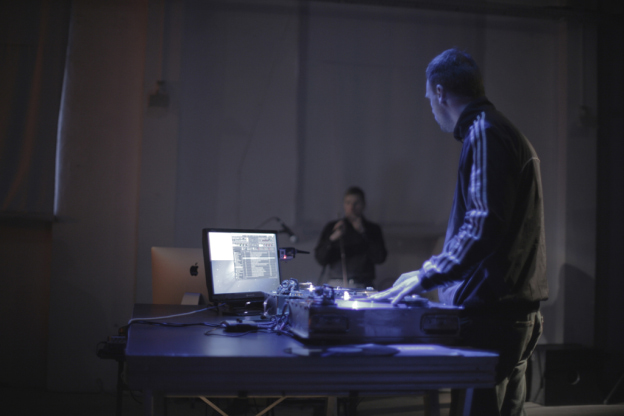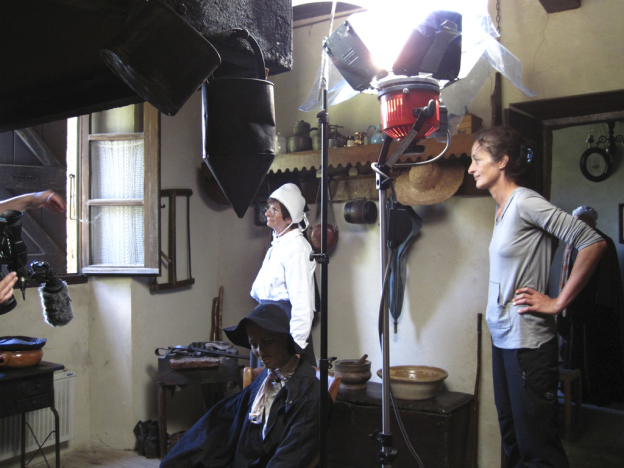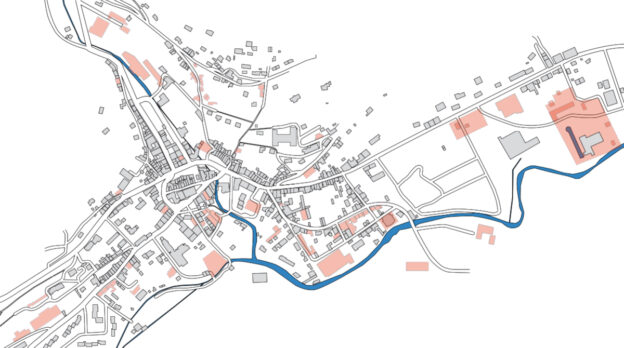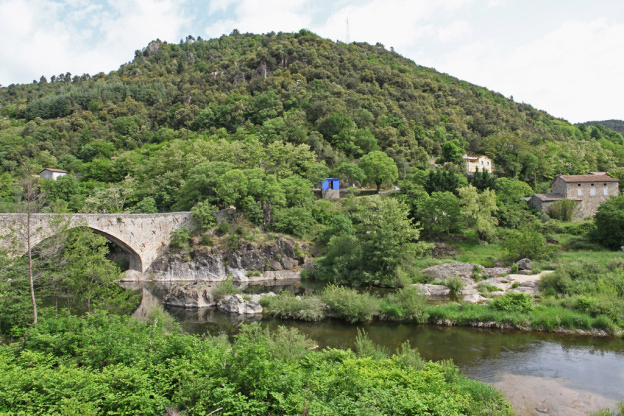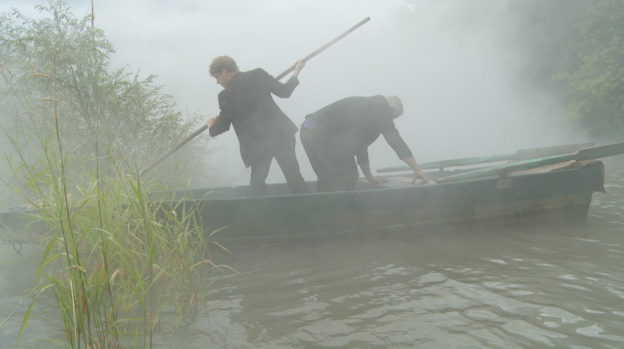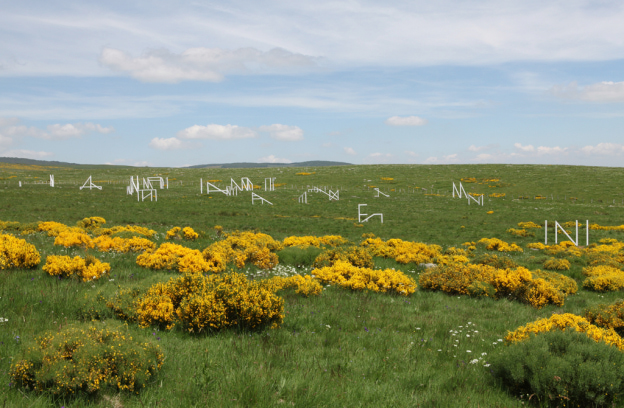Les Bogues du Blat
Rural Social Housing in the Ardèche Cévennes
The Drobie valley, like the whole of the Ardèche area, has undergone a slow process of agricultural abandonment for more than a century, its steep slopes being too restrictive for mechanized agriculture. This change engendered a major rural exodus that reached its peak in the 1970’s. Recently, the valley has experienced new residential and tourist interest, which has created numerous amenities, not always adapted to the challenges of local development.
The Beaumont commune has embarked on construction and development projects to support sustainable development in the face of growing demand for building land or traditional housing. The Blat hamlet was chosen to accommodate a new residential zone and the commune entrusted an architect with the project of creating a rural social habitat based on the house as a basic unit, all the while giving the opportunity to the hamlet’s social group.
The Construire team’s response made it possible to go further than initial intentions, to open up the commission to their experimental approach and to question the possibility of different ways of building. Entrepeneurs, future residents, architects and artists were consulted throughout the project in order to make the construction a cultural act.
Each house is located astride several restanques[1] and is served by a private road, but parking spaces are grouped together and kept away from the dwellings. The faïsses[2] that are not privately owned may be used for common gardens.
Initial construction consists of an arched frame, its cladding and the layout of the ground floor alone (with living room, bedroom, kitchen and bathroom). After that, two options are possible: simple rental with the possibility, among others, for the tenant to extend the living area into spaces left free; or progressive acquisition of the property as part of a set-up defined with the client.
[1] Restanque is a term used for drystone retaining walls built on steep slopes to establish cultivating terrasses.
[2] Land in strips used for agriculture on steep slopes long deforested.
First batch of 3 houses and 4 dwellings/ lodgings: September 2013
Second batch of 3 houses: January 2017
Patrons: Members of Beaumont’s municipal council and Pascal Waldschmidt, mayor of Beaumont, Jacqueling Nielle and Jean-Remi Durand-Gasselin, mayoral deputies.
Funding: Fondation de France, Rhône-Alpes region, General Council of Ardèche (Cap Territoire), Monts d’Ardèche Regional Nature Park (European Agricultural Fund for Rural Development – Leader.)
+ book link:
The Bogues de Blat experiment was the subject of a publication including the story of the commission and Patrick Bouchain’s study book. Captures éditions, 2018
presentation folder, September 2013 – pdf pdf
crédits photographiques Loïc Julienne et Phoebé Meyer
